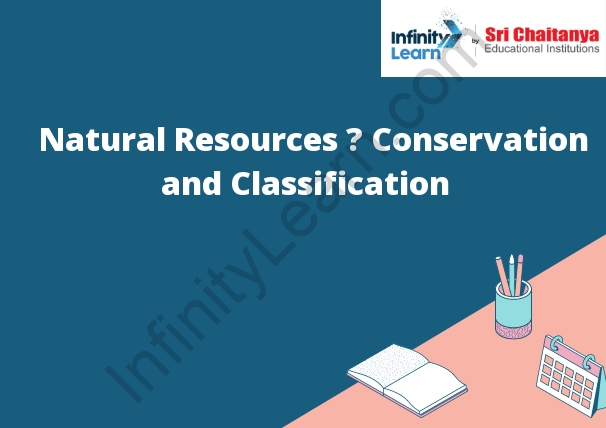Table of Contents
An Introduction to the Natural Resources of India
The natural resources of India include coal, iron ore, bauxite, chromite, manganese, mica, titanium ore, and diamonds. India also has significant deposits of petroleum and natural gas. The country’s forests provide lumber, and its rivers offer hydropower potential.
India’s coal reserves are the fourth largest in the world, and the country is the world’s third-largest producer of coal. India has significant iron ore reserves, which are the tenth largest in the world. The country also has the world’s second-largest bauxite reserves and is the third-largest producer of bauxite. India has the world’s largest reserves of chromite and is the second-largest producer of chromite. The country also has the world’s fifth-largest reserves of manganese and is the fourth-largest producer of manganese. India has the world’s largest reserves of mica and is the third-largest producer of mica. India also has the world’s largest reserves of titanium ore and is the fourth-largest producer of titanium ore. India has the world’s second-largest reserves of diamonds and is the world’s fifth-largest producer of diamonds.
India has significant deposits of petroleum and natural gas. The country’s onshore oil reserves are the sixth largest in the world, and its offshore oil reserves are the fourth largest in the world. India’s natural gas reserves are the third largest in the world. The

What are Natural Resources?
Natural resources are things that come from nature and are used to meet human needs and wants. These resources can be found in the environment and include air, water, land, plants, and animals. Natural resources can also be found in the earth’s crust and include oil, coal, and minerals.
Classifications of Natural Resources
There are many different ways to classify natural resources. One way is to group them by their physical state: solid, liquid, or gas. Another way is to group them by their location: underground or surface. Resources can also be classified by their use: renewable or non-renewable. Finally, they can be classified by their origin: organic or inorganic.
Difference Between Renewable and Non-Renewable Resources
Renewable resources are those that can be replaced relatively quickly. They come from natural processes that are ongoing and include things like the sun, wind, and rain. Non-renewable resources, on the other hand, are not replaced as quickly. They come from finite supplies that are not naturally replenished and include things like oil and coal.
Examples of the Non – Renewable Natural Resources
Non – renewable natural resources are those that cannot be replaced or reproduced in a short period of time. These resources are often called fossil fuels and include coal, oil, and natural gas.
Natural Resources and their Conservation
-Natural resources are materials and elements that come from the Earth and that are not made by people.
-People use natural resources to produce goods and services.
-The Earth has a limited amount of natural resources.
-People need to use natural resources wisely to protect the environment.
Natural Resources and Associated Problems
Every day we use resources from the earth without thinking about it. We turn on the lights, drive in a car, and use the internet without realizing that we are using natural resources. The earth has a limited amount of resources, and we are using them faster than they can be replaced.
Some of the resources that we use the most are water, oil, and gas. We use water to drink, to grow food, and to produce energy. Oil is used to produce gasoline and to make plastics. Gas is used to heat homes and to power cars.
We are using these resources faster than they can be replaced, and this is causing problems. For example, water shortages are becoming common in many parts of the world. Oil and gas are becoming more expensive, and this is causing problems for people and businesses.
We need to find ways to use resources more efficiently. We also need to find new sources of energy, such as solar and wind power. If we do not take action, we will run out of resources and face serious problems.








